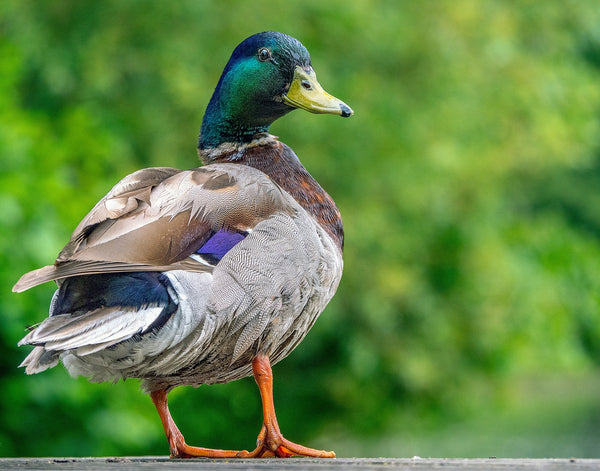
Mallard Duck: Habitat, Behavior, and Feeding Guide
Share
The Mallard (Anas platyrhynchos) is a large duck, with a long body, and a long broad bill. The male is instantly recognisable with its shiny dark green head, a yellow bill, grey body, and a maroon-brown chest.
The much-loved mallard is one of the UK's most familiar ducks, and many farmyard ducks are descended from Mallards. They are known as dabbling ducks, so they forage near the water surface or upend to reach food deeper down, and will also feed off the ground. The diet comprises cereals, plants and invertebrates, and less often fish, and will quite often visit gardens for these foods.
They are a common sight across the country and can live in almost any wetland habitat; they are also a popular sight at local parks and ponds. Feeding the birds at the duck pond is much the same as feeding the birds in your garden - they thrive on high-quality seeds.

Our Duck and Goose mix, for example, contains a variety of grains and cereals, also, it is more welcome at the park pond than a loaf of bread - and it's a much healthier, cleaner option for ducks and the pond.
Written by Tina Jakes
